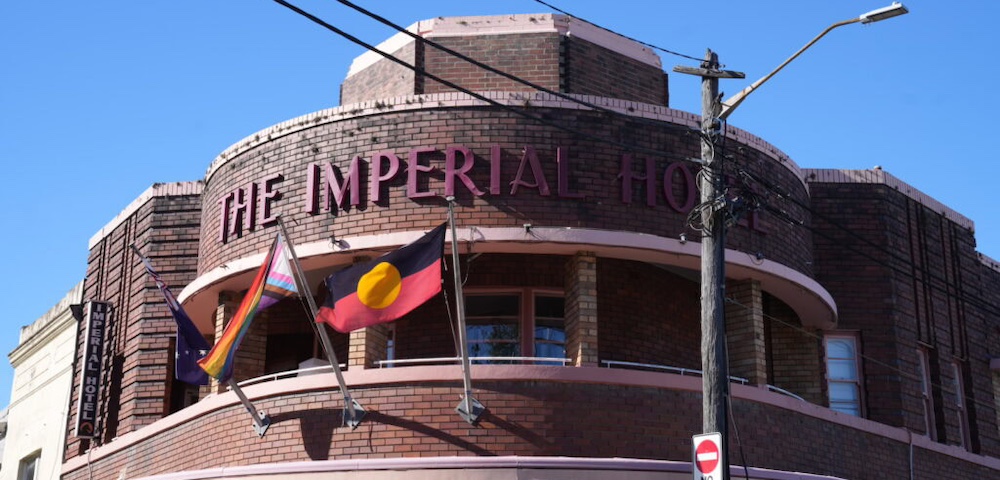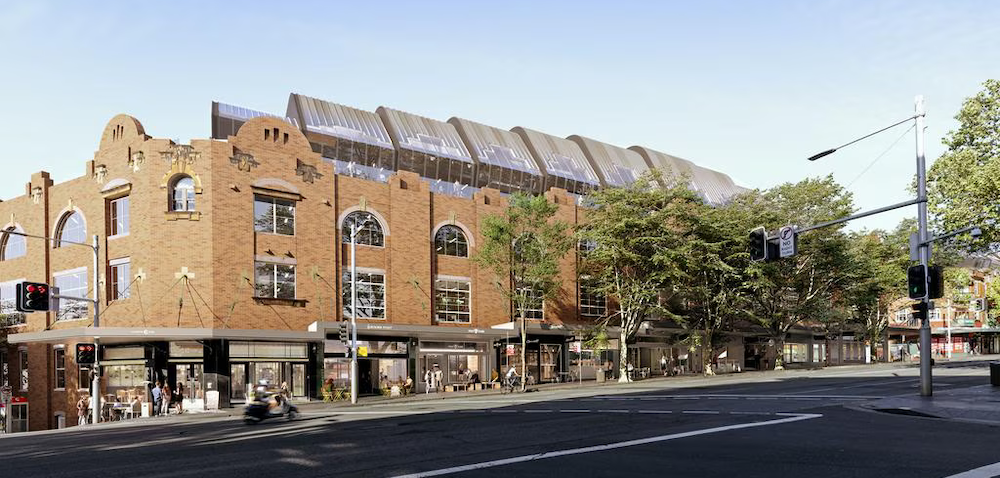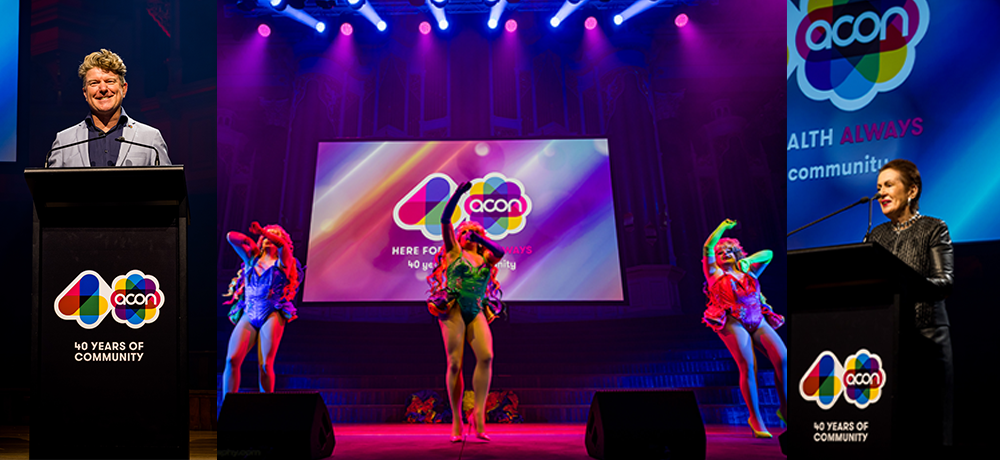
GHB dependence
We don’t hear as much about GHB overdoses as we did a couple of years ago. That is not to say the drug is not being used or that people are not having problems with the drug -“ overdoses are still happening. It’s just that people are becoming a little more careful about where they overdose. Friends are taking people who have overdone it out of clubs away from the eyes of club management and security. This is not ideal behaviour and can actually be more dangerous but at least people are becoming aware that a G overdose is an issue.
GHB’s chemical name is gamma-hydroxybutyrate. It was originally developed by Laborit in 1960 as an anaesthetic, but was withdrawn in most parts of the world due to unwanted side effects. GHB precursors, such as gamma butyrolactone (GBL) and 1,4 butanediol (1,4B), are sold as substitutes as when they are taken into the body, they metabolise into GHB, creating the same effects as GHB.
One thing that is not discussed very often about GHB is the potential for dependence. Some recreational GHB users report developing dependence rapidly. Often, GHB is used initially to party and as a sleep aid. Due to the rapid elimination of GHB from the body, G users describe a rebound insomnia or alertness, which occurs after two or three hours of sleep. Additional doses are then taken to return to sleep. Eventually, some GHB users escalate their use to every two to four hours in a pattern of around the clock dosing. GHB users who develop tolerance and dependence take multiple doses, and over time escalate their use. With the increased use of crystal within the community, there are anecdotal reports of some people using G as a sleeping aid and getting into this potentially dangerous pattern of use.
Dependent users who try to stop taking GHB too quickly experience withdrawal. GHB withdrawal has features similar to alcohol withdrawal. The symptoms begin one to six hours after use and early symptoms include anxiety, tremor, insomnia, nausea and vomiting. Hypertension and tremors can also occur. In severe cases of acute withdrawal these symptoms may last up to 15 days and supportive care may be necessary, including the use of physical restraints and high doses of sedatives.
Beyond the potential medically dangerous syndrome of acute withdrawal, a protracted withdrawal state lasting from three to six months has been observed that is characterised by anxiety, memory problems and insomnia. The risk of relapse is very real due to these symptoms, and users may turn to alcohol or benzodiazepines in an effort to relieve the persistent anxiety and/or insomnia.
The information that is around about GHB, both through the internet and user sources, can be misleading, implying that G is non-addictive (absolutely not true) and has health benefits (a bit of a push at best). Like any drug, there is a black side. Know all the facts and don’t believe the hype.
Remember: if you do not want any negative consequences, do not use the drug, and no matter how many times you have used a substance, never be blas?









